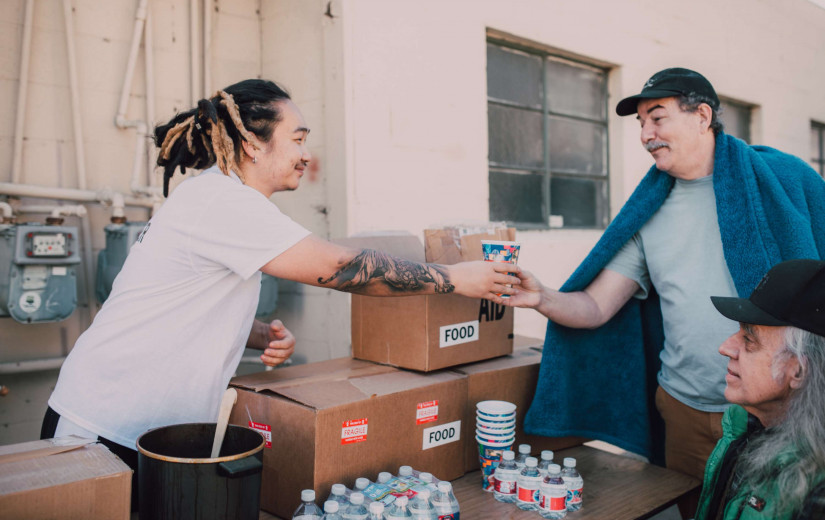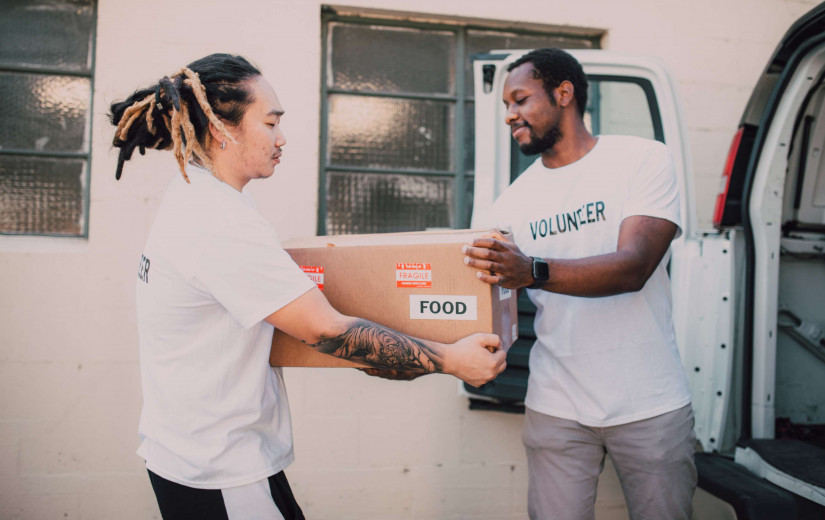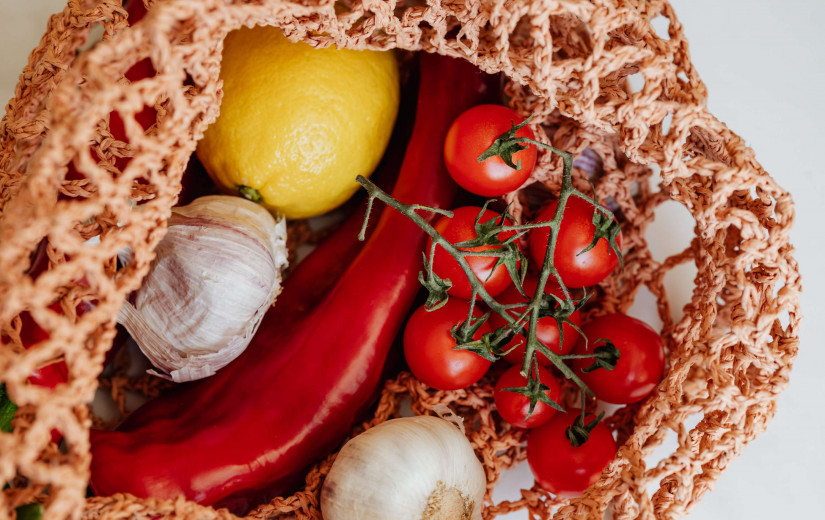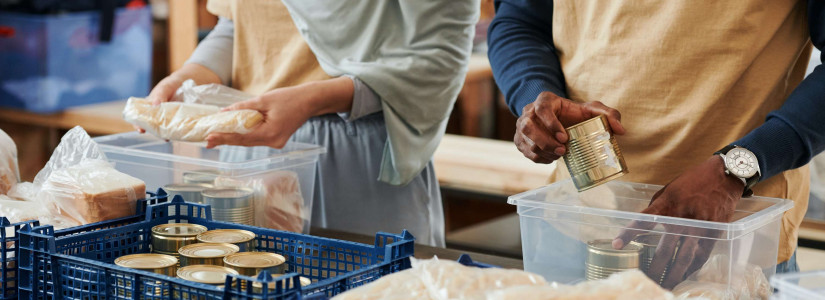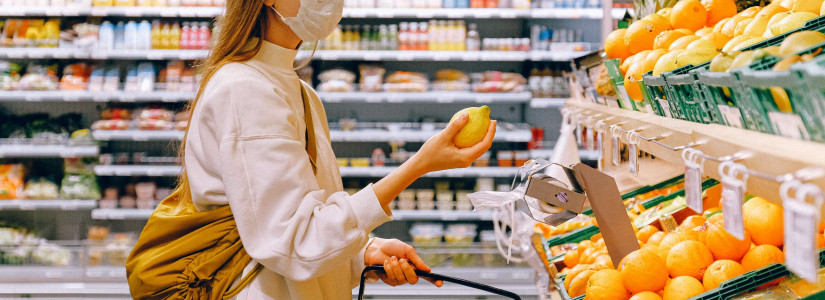On Friday November 20, the United States reported more than 201,000 COVID-19 cases. On the same day, the Centers for Disease Control and Prevention (CDC) recommended that Americans stay home for the Thanksgiving holiday. While many people plan to heed the
The Pandemic Upends Thanksgiving Plans
The Thanksgiving holiday is traditionally one on which people travel to their family's home for several days. Airlines have reduced their number of flights, so the one you're on is likely to be full. In the past, the Wednesday before Thanksgiving and the Sunday after Thanksgiving were the busiest travel days in airports. This year, there will still be crowds, but they will be smaller. If you're traveling by bus or passenger train, you can also expect smaller than usual passenger numbers at hubs, but your bus or train car is likely to be filled to capacity for the holiday.
What to Do Before Traveling
It's too late now, but ideally, you should have isolated yourself at home for 14 days before your travel date. This would have allowed you to avoid exposure before your departure. However, you can still avoid going out in public until it's time for your flight or drive home. You could also consider getting a COVID-19 test. Keep in mind that the test may not detect a new infection until your viral load is high enough. If you got infected yesterday, a test might not show a positive result for another four to six days. If you haven't stocked up on personal protective equipment and hygiene supplies, do so now. It's a good idea to have a travel size container of hand sanitizer, several extra reusable or disposable masks and a thermometer to monitor your symptoms.
Lower Your Risk
You can lower your risk of spreading or getting infected with COVID-19 when traveling for Thanksgiving. Although these actions aren't foolproof, they will reduce your chances of getting sick or spreading illness. Wear a mask when in public. Wash your hands frequently. When hand washing isn't possible, use hand sanitizer. Maintain at least six feet distance between you and anyone else whenever possible. Choose a seat near a window on the bus, and open it if you can. On a plane, an exit row seat will give you more space. Avoid touching any surface unless you must do so. Although COVID-19 is primarily an aerosol respiratory droplet disease, you could pick up live virus on a surface that someone recently sneezed on.
How to Stay Safer When Visiting Family
When visiting family, try to stay at least six feet apart. If possible, have your Thanksgiving meal outdoors. Wear a mask when you're not eating or drinking. Stay in a hotel if you can, and just go to your family's residence for outdoor socializing. If you're traveling as a household, sit at a table with just your household, and make sure others are at least six feet apart from your table. This is easier to do if you dine outdoors.
Why You Should Still Wear a Mask
Even if you're visiting loved ones in their home, you should still wear a mask. Recent scientific studies published in the CDC's Morbidity and Mortality Weekly Report (MMWR) show that wearing a mask both reduces your risk of getting infected and lowers the risk that you'll spread COVID-19 to somebody else. Small social gatherings in homes are leading the current surge of COVID-19 cases throughout the United States.
Tips for Black Friday Shopping
If you decide to go shopping in person on Black Friday, wear your mask. Stay six feet apart from other shoppers when possible. Try to patronize stores that are spreading their deals over a longer period of time. Their stores won't be as crowded. Plan to pay with plastic or another no-touch option. Outdoor shopping centers may be safer to visit than indoor malls. Be sure to bring along your hand sanitizer. This allows you to clean your hands after leaving the store. Try to combine trips so that you can reduce the number of stores you visit.




